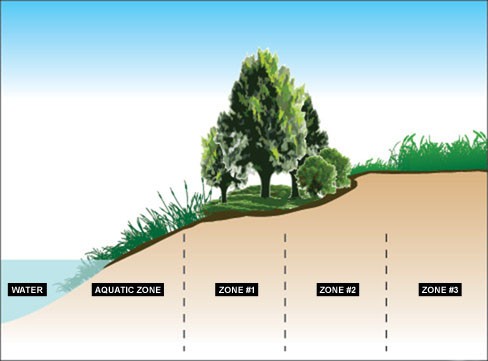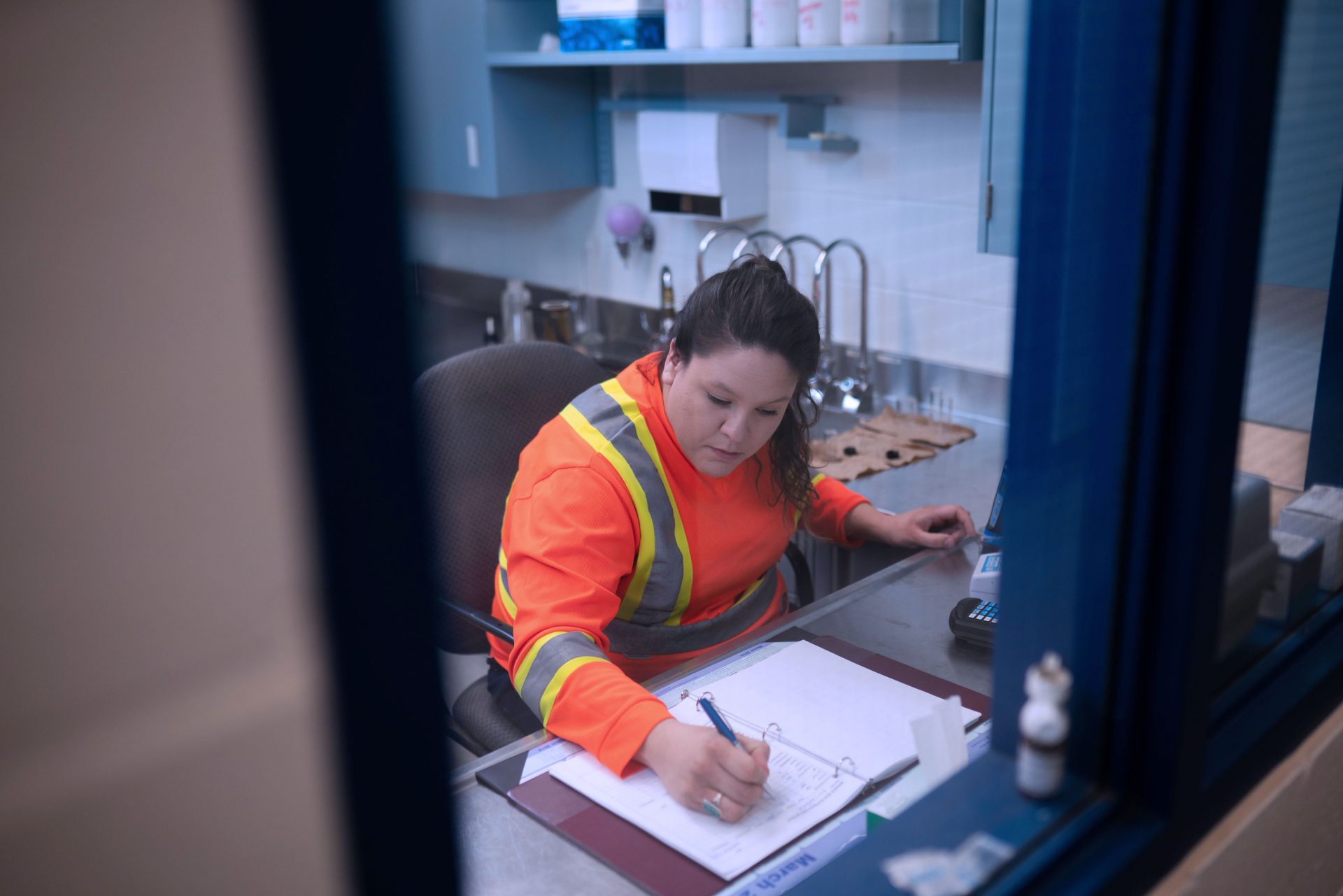Waterside tree planting is important both to the local waterways and the people who live adjacent to them. Tree roots hold onto soil, preventing unnatural amounts of sand and dirt from entering the water systems, which can have a negative impact downstream and damage aquatic ecosystems. Trees provide organic material and habitats for animals, and their shade acts as a temperature monitor for aquatic wildlife.
Trees and other natural vegetation create a buffer between land use and natural habitats. They also benefit us by reducing the impact of flooding, a trend which is becoming more commonplace due to the pressures of climate change.



